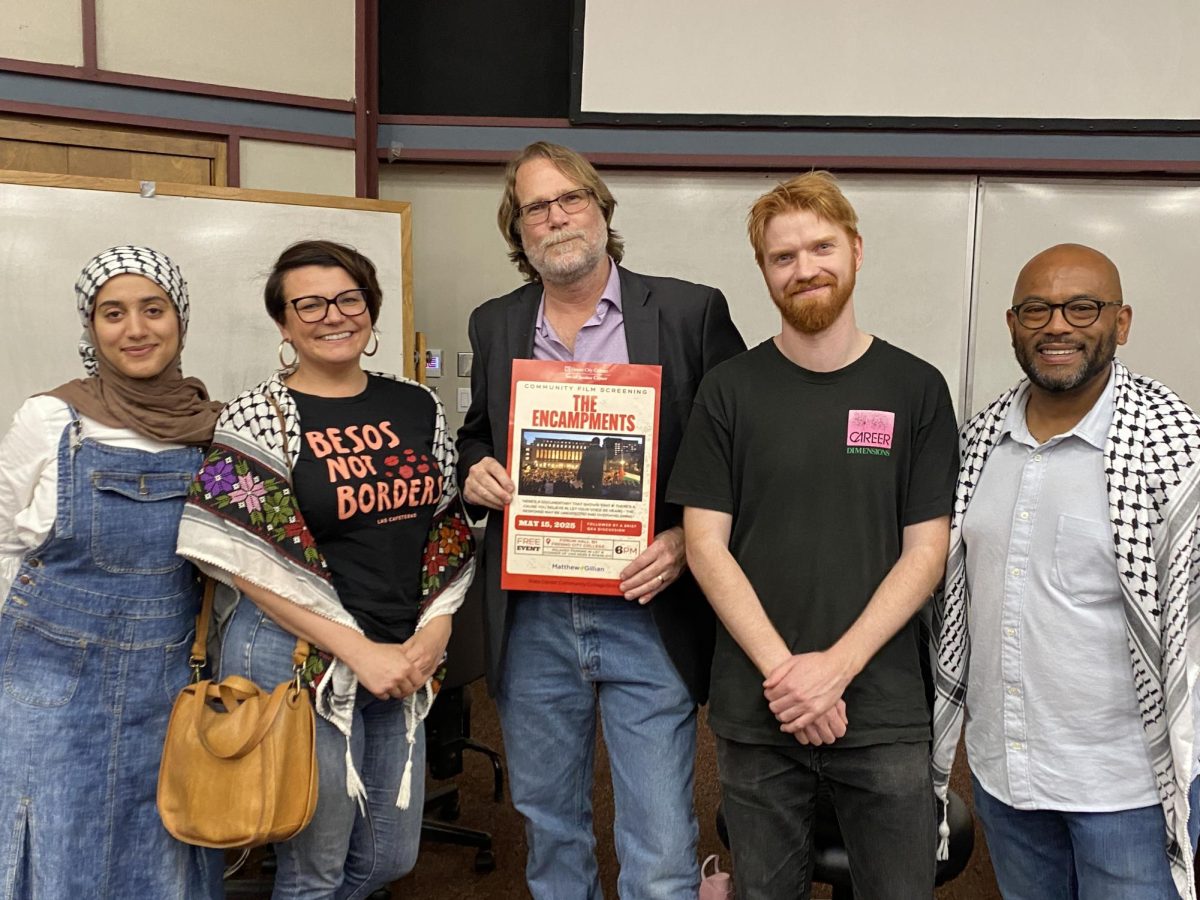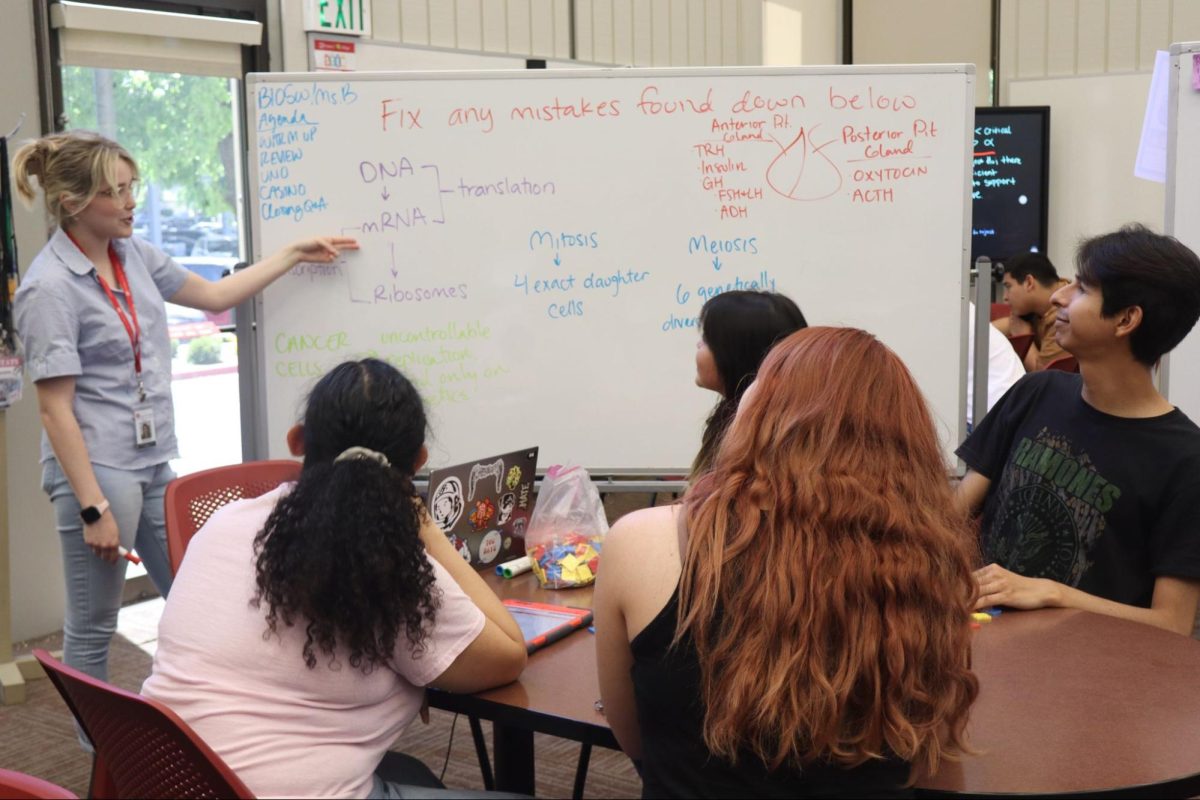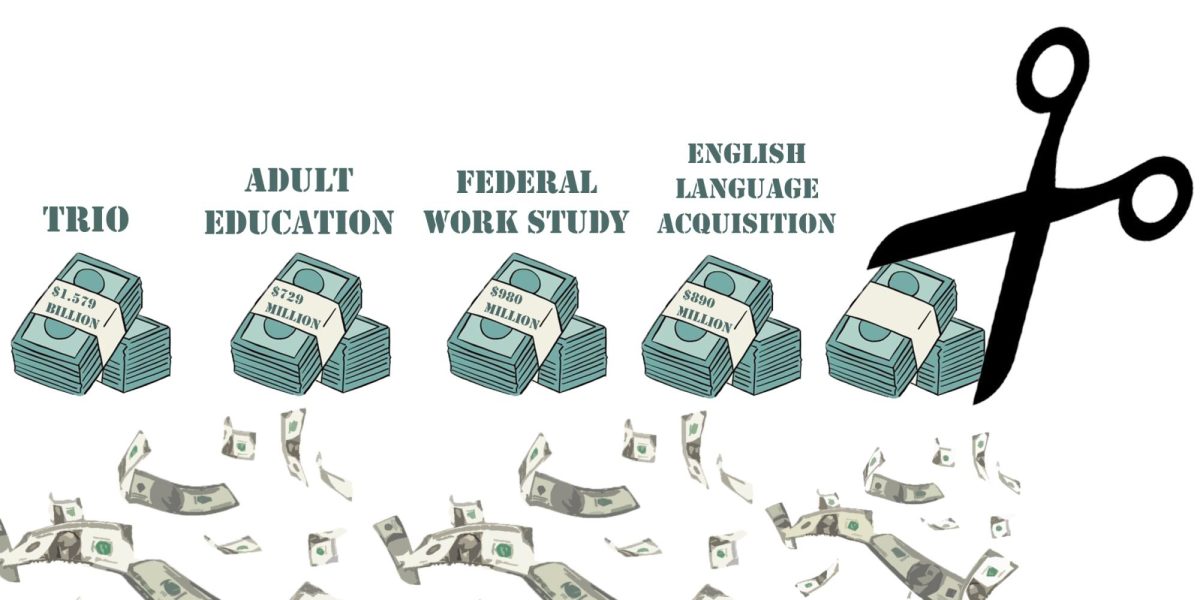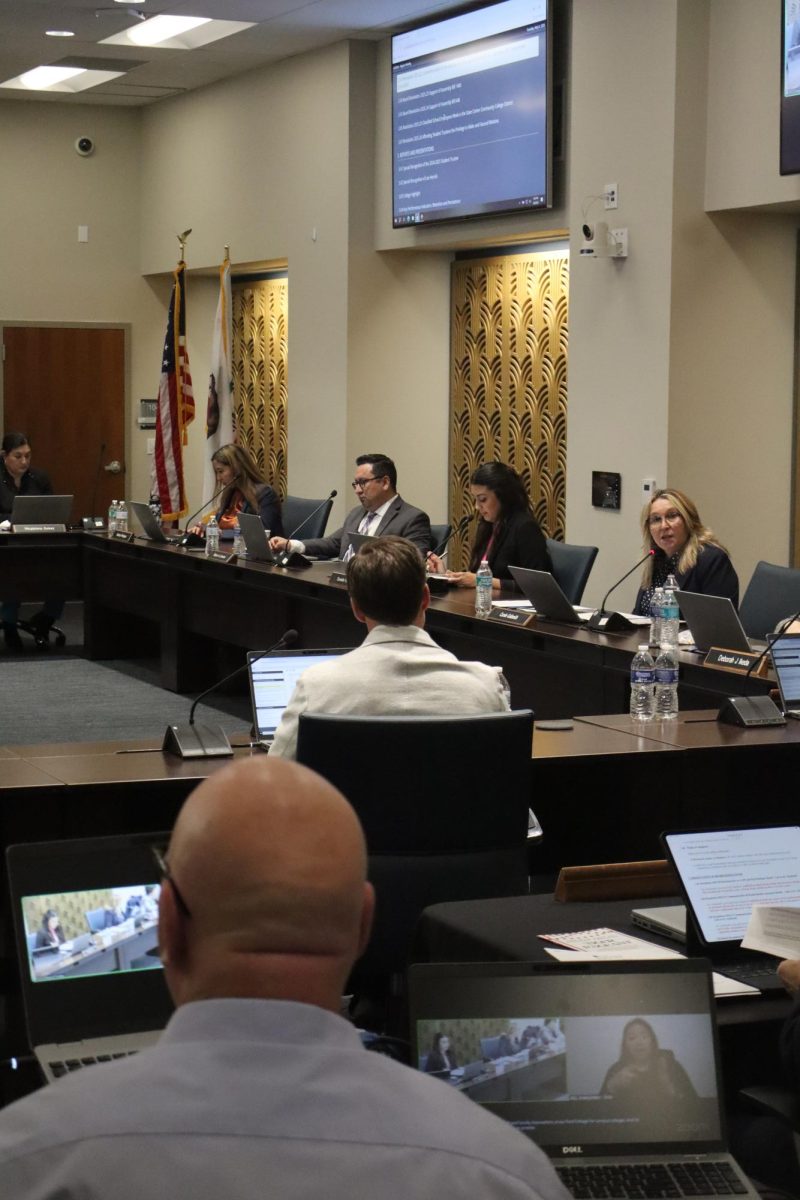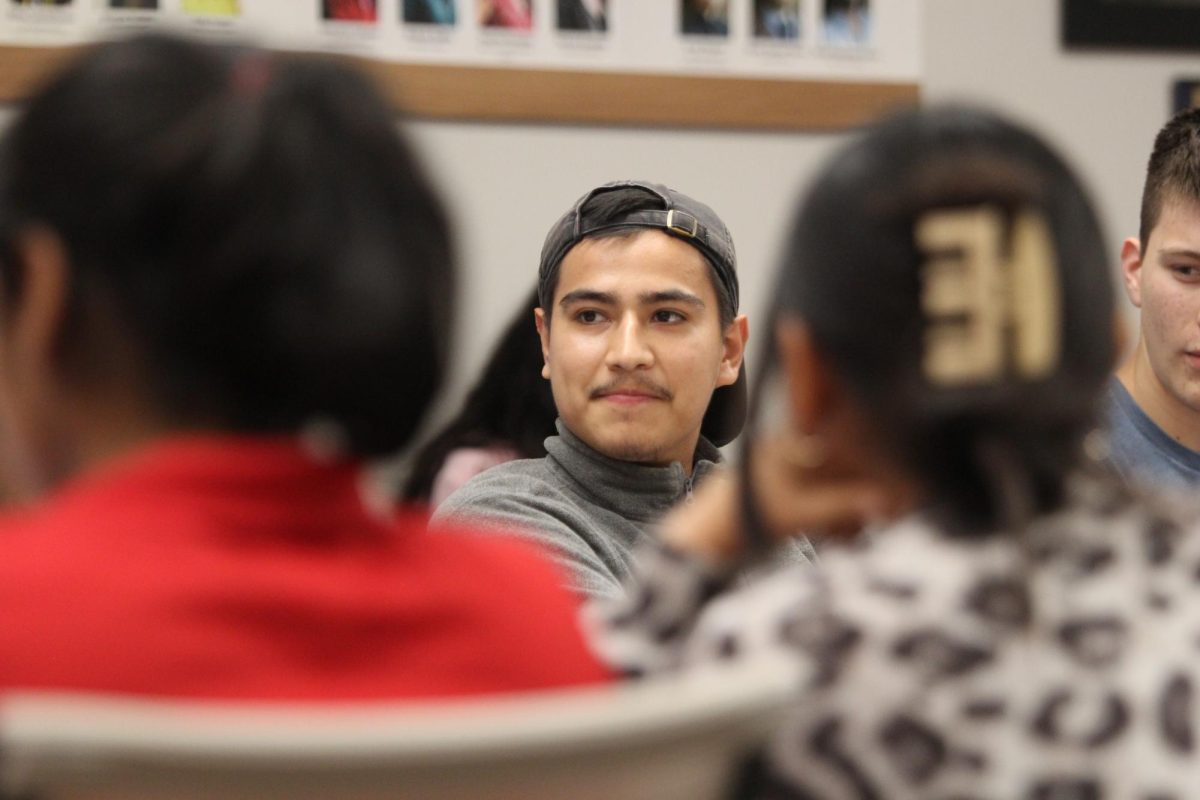Q: Can you explain SB1440, the bill that deals with community colleges and transferring?
A: Essentially what it will do is allow students to transfer from the community colleges to the CSU and have all 60 of their units accepted if they complete the associate degree. So if it’s a 120 unit degree program, our students are not supposed to be required to take more than 60 more units to complete the degree. It might not be unusual [presently] for a student to take 140 units, and be told, ‘You still have to take this; you have to take that.’ This bill prevents students from having to take more than the total number of units, minus the 60.
There are also financial implications. This means that the CSU has to pay for more classes than they really need to be offering. Students were being required to take other courses that they didn’t need. It means that in terms of financial aid, students are getting financial aid to take courses here; they are getting financial aid to take courses at the university, and that’s costing the federal government more money.
Q: While discussing your goals and objectives for the district, you mentioned enrollment management. What does that mean?
A: It means looking at our community needs and all the courses that we have developed to meet those needs. Also, planning schedules of classes offered across the spectrum of the semester. Again, we are here to meet community needs, and also look at what the state allocates to us as the full-time equivalent students apportionment funding that we’re going to get and make decisions that about what numbers of students we believe we can adequately serve within the constraints of that budget, and a direction that we’re given by our board.
But at the same time, we must determine how many students we can serve. How much funding are we going to get? What degree are we still going to serve students above or below, or at that number that we’re going to be funded for? Our board has given us direction that they want us to serve as many students as possible. So, right now, enrollment is 10 percent larger than we are funded for.
Q: I realize the budget dictates how many people can be served, but what are the policies in place to make those kinds of cuts and make the reductions needed?
A: I would say that the district has posted a policy, which is more of a guiding principle to serve as many students as possible and not limit ourselves to only the number that we’re funded for, to the extent that we can. That’s a guiding principle we have to carry out and meet.
Q: At the time, more students are interested than what the school can support. How does the district draw the line and turn students away?
A: We set a number and we say if we’re going to fund 10 percent more students than we’re funded for, 10 percent more equals this number, then Fresno City College, you can serve this number, Reedley, you can serve this number, North Centers you can serve this number. That’s how we make our decision.
California community colleges are open access. We have guidelines that establish the order students get to go through registration, in terms of who can get priority, continuing, new, etc. That is determined by the state. What we can do is create a sequence in which students can register. We can’t set arbitrary ways of eliminating students because it’s really first-come- first-served within those parameters.
I don’t know the specifics for how we set the criteria for who gets priority registration and who follows after that, but there is the potential for all kinds of mixes because that’s what access means.
You could have a part-time student, but that part-time student has 50 units, so they’re pretty far along in their program, and you could have a full-time student but they may be a beginning full-time student and they don’t have any units yet. We don’t have arbitrary ways of trying to prevent students from being in class and we shouldn’t.
There are different types of priority, and I don’t know them all, but if there are continuing student and they’re pretty far along, if they plan ahead and take advantage of when they can register, they should get in.
Q: Can you explain how the budget shortfall is affecting the district as a whole?
A: There’s always a pattern in California community colleges and I think it’s true for community colleges everywhere that whenever you have high unemployment, we get many more students. Employment goes down and enrollment goes up. And certainly FCC is seeing that. We’re seeing that in the district as a whole but remember that again we’ve had that situation where we served 17 percent more last year than we were funded for and were serving 10 percent more students this year than we are funded for, so when you look at our numbers, it looks like we’re declining, but it’s still the case that more students are in school when the economy has problems, we have more people coming back because they’re underemployed, want to gain new skills and prepare themselves for new jobs, promotions and their existing jobs all kinds of things.
Another thing the finance people reminded me of is that with the increased numbers of foreclosures on mortgages, there’s lower property tax collections, and the state depends on property taxes as a part of its’ revenue for projecting college budgets. When they say we get 10 percent more revenue in property tax, that’s more money to work with. When 5 percent less tax is collected, then there is less revenue to allocate to us, so that really impacted our budget as well. Also, when the federal government is having financial problems there is less grants we can apply for competitively and get. For example we just received, really, millions of dollars in funding for student support services. Every campus received student support services grant funding. But, if this falls at the federal level, we get less, if we get them at all.
Also the big issue that is really plaguing community colleges all over the state is that we don’t have that state budget. It’s late. We don’t know the fallout. We can make projections and predictions, and we’ve done that. We have a tentative final budget the board adopted, because our finance leadership is very strong and we feel comfortable with our projections, but community colleges across the state are wondering how they can keep their doors open after October or November unless we get the budget passed. We’re fortunate in our district because our board has been very fiscally conservative and we’ve had good fiscal leadership administratively, and we’re not as worried as other districts, but we still play out worst-case scenarios. We are better positioned to weather these difficult issues than many other districts, but it’s a concern.
Finally, another impact is the fact that when you have good economic times, it seems that the politicians work together better. Both sides can always find a compromise, but more difficult financial times make it harder to come to agreements, and the longer it takes to agree, the longer we are without a final budget. This affects our district and each four campuses similarly; it’s not just Fresno City. College.

